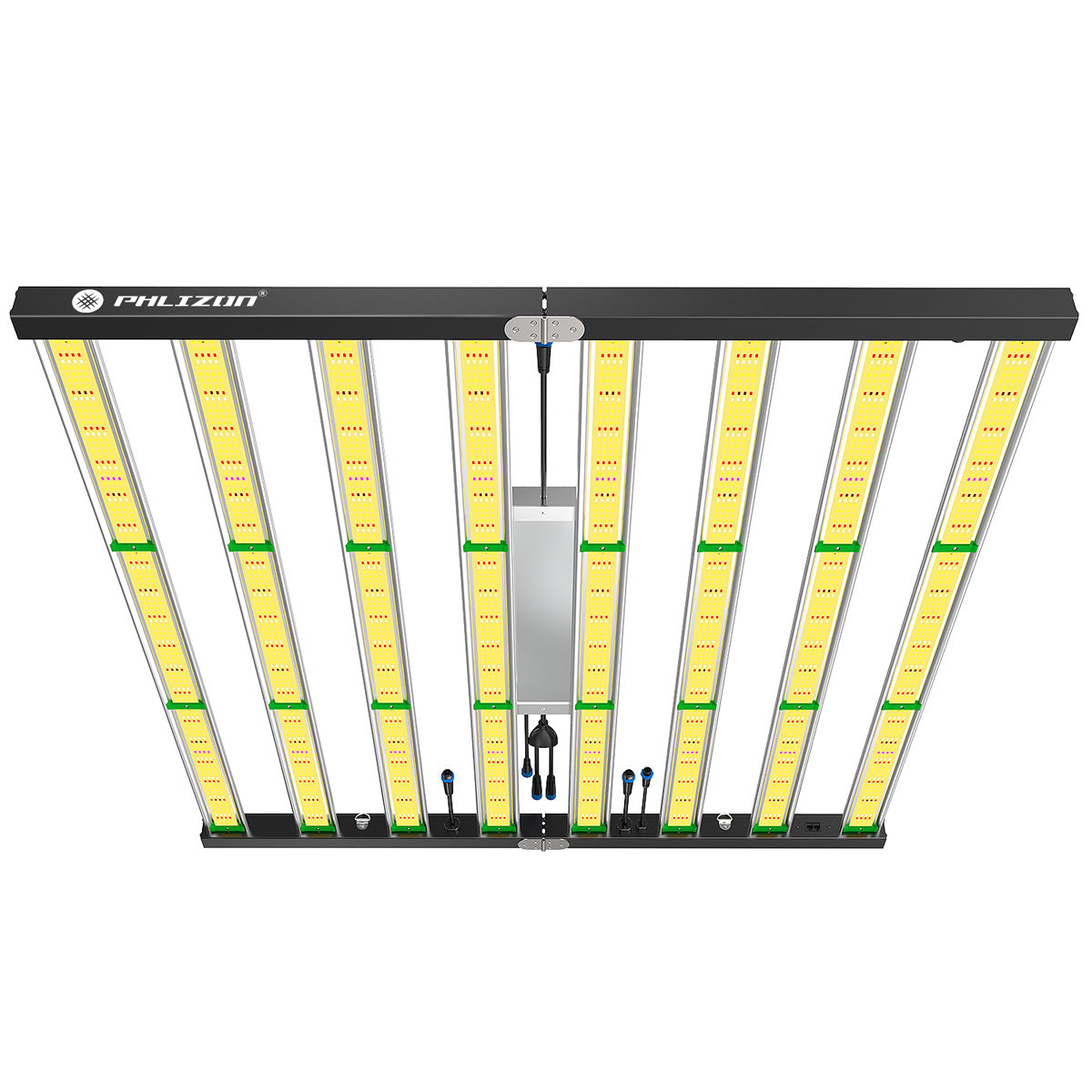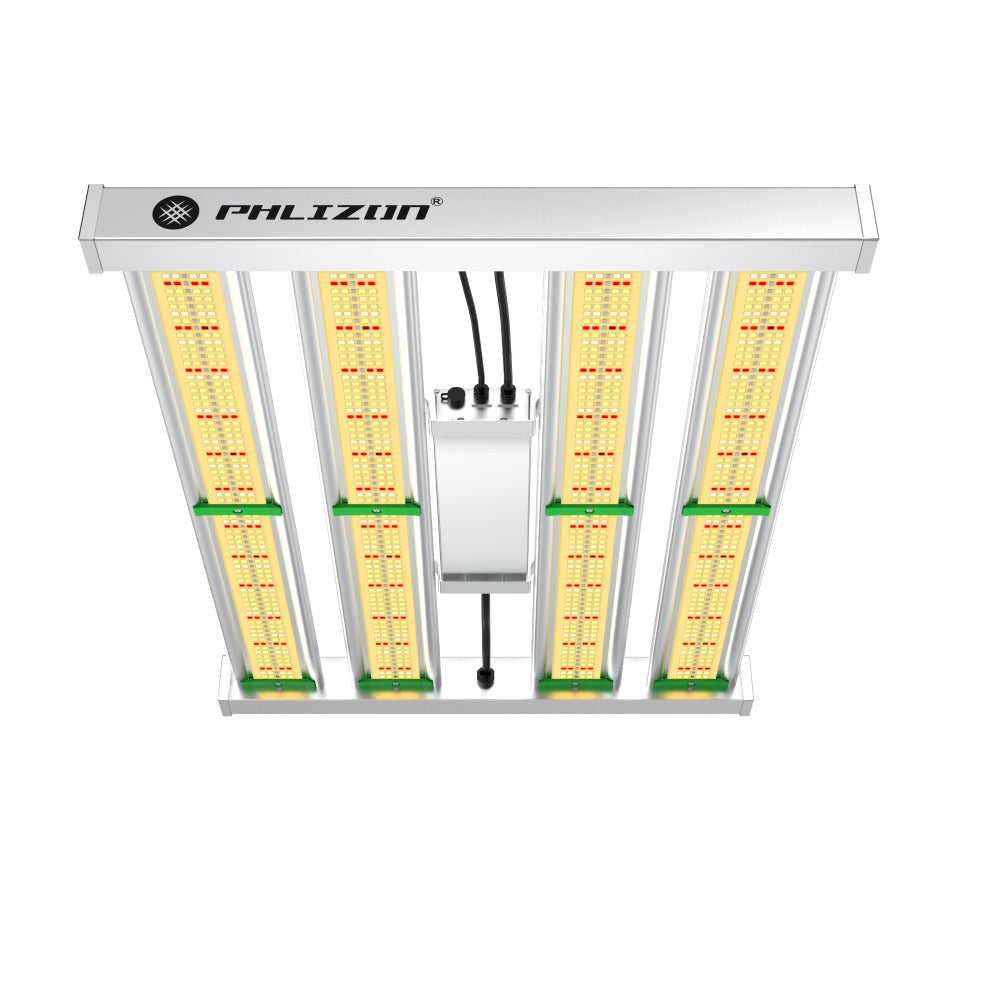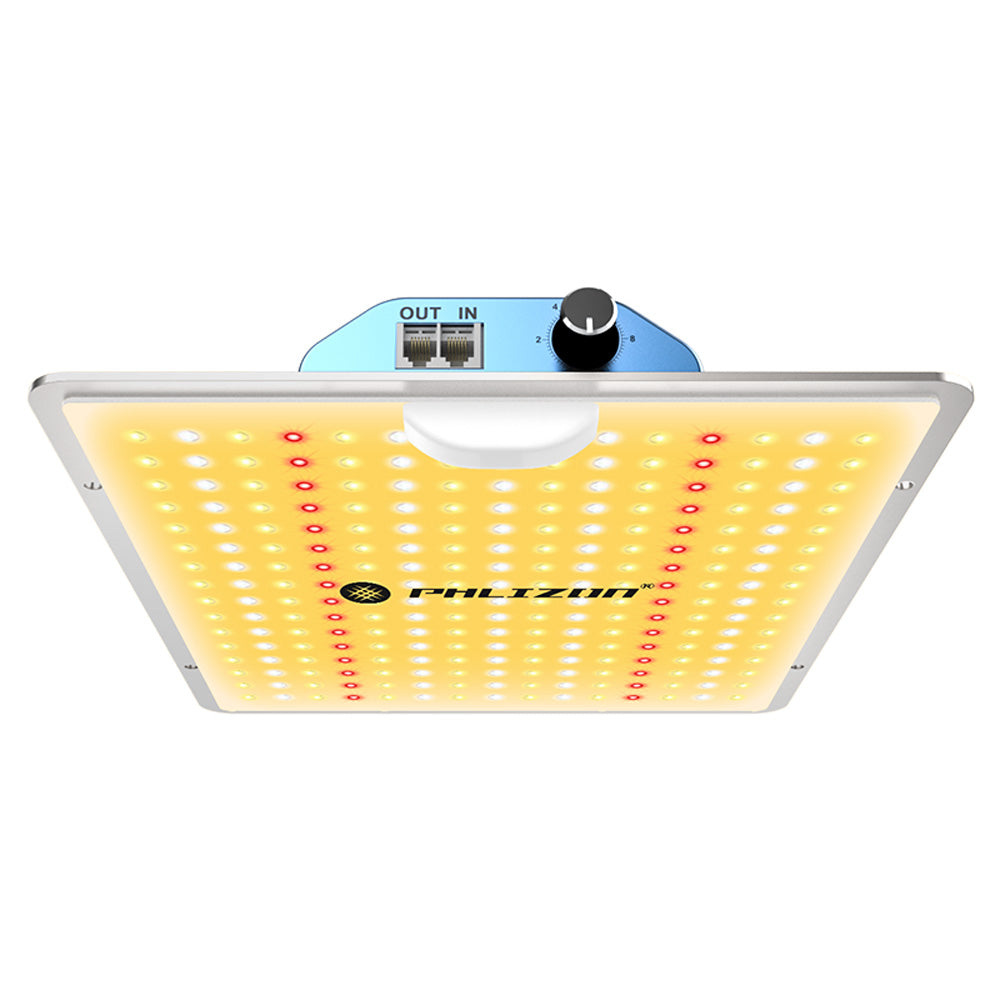Menu
Grow Succulents Indoors: A Comprehensive Guide to Thriving Plants
Succulents have surged in popularity in recent years, with a staggering 30% increase in indoor plant sales since 2020. Known for their unique shapes and beautiful colors, these low-maintenance plants are a perfect choice for any home. This guide will help you choose the right succulents, create the ideal indoor environment, and overcome common growing challenges.
Choosing the Right Succulents for Indoor Growth
Light Requirements
Light plays a crucial role in succulent health. Placing them near windows or bright areas ensures they get adequate natural light. Some succulents, like Zebra Plant (Haworthiopsis fasciata), thrive in low light, while others, like Echeveria, need bright, indirect sunlight. A study from the University of Florida found that succulents exposed to at least 6 hours of light per day grow stronger and healthier.
Space Considerations
The size and shape of succulents influence where they should be placed indoors. Compact varieties like Jade Plant (Crassula ovata) fit well on shelves, while trailing types such as String of Hearts (Ceropegia woodii) look great in hanging pots. Consider how each plant grows when planning your space.
Variety Selection
Here are some beginner-friendly succulents perfect for indoor growth:
- Echeveria: Colorful rosettes that enjoy light.
- Zebra Plant: Easy to care for and thrives in lower light.
- Aloe Vera: Known for its medicinal benefits, great for beginners.
Creating the Perfect Indoor Environment
Potting Mix
Using well-draining soil is essential for scrumptious succulents. Here's a simple recipe for a homemade succulent potting mix:
- 2 parts potting soil
- 1 part coarse sand
- 1 part perlite or pumice
According to a study by the American Society for Horticultural Science, this mix promotes healthy root development.
Pot Selection
Choosing the right pot can make a difference. Opt for terracotta pots, which allow for better airflow, or lightweight plastic pots. Avoid using pots with no drainage holes, as they can trap water and harm your plants.
- Good Choice: Terracotta pot with drainage holes.
- Bad Choice: A ceramic pot with no drainage.
Watering Techniques
Watering succulents properly is crucial. Allow the soil to dry out completely between waterings. A great tip is to stick your finger about an inch into the soil. If it’s dry, it’s time to water.
Providing Optimal Light and Temperature
Natural vs. Artificial Light
Natural light is best, but artificial lights can be beneficial too. If the natural light is insufficient, consider using LED grow lights. As expert gardener Kelly Norris states, "Supplemental lighting can significantly boost your indoor plants' health."
Temperature Control
Succulents prefer a temperature range between 65°F to 80°F. Protect them from extreme temperatures by keeping them away from drafts and heat sources. A consistent temperature supports their growth.
Air Circulation
Good air circulation prevents fungal growth. Open windows when possible or use a small fan to keep the air flowing around your plants.
Maintaining and Troubleshooting Common Problems
Pest and Disease Control
Common pests include mealybugs and aphids. To combat these, try using a solution of soap and water. Fungal diseases can occur due to overwatering, so ensure proper drainage.
Overwatering and Underwatering
Recognizing symptoms of overwatering or underwatering is key. For overwatering, leaves might turn yellow and mushy. An underwatered plant, on the other hand, may have shriveled leaves. For instance, a Jade Plant suffering from overwatering will have droopy leaves, while an Aloe Vera with too little water will look shriveled.
Repotting and Propagation
Repotting should occur every 1-2 years or when the plant outgrows its pot. To repot, gently remove the succulent, shake off excess soil, and place it in fresh potting mix. For propagation, consider leaf propagation, which can be done by placing a healthy leaf on the soil surface and misting it until roots develop.
Propagation and Expanding Your Collection
Leaf Propagation
To propagate succulents from leaves, follow these steps:
- Choose a healthy leaf.
- Allow the leaf to callous for a few days.
- Place on well-draining soil and lightly mist it.
Cutting Propagation
Cutting propagation involves snipping off a healthy stem. Let the cut end dry for a day before placing it in soil. To avoid rot, ensure the soil is dry before watering.
Offset Propagation
Offsets or pups can be easily propagated. For example, the Hens and Chicks (Sempervivum) produce small plants around the main one. Simply detach these pups and plant them in fresh soil.
Conclusion
Growing succulents indoors can be a rewarding experience. Remember to choose the right varieties, create a suitable environment, and be mindful of watering and light. With these tips, you can cultivate beautiful, thriving succulents.
Explore online communities and local nurseries for more resources. Share your succulent journey in the comments, and feel free to ask any questions! Happy growing!
Featured blog
- Choosing a selection results in a full page refresh.

















